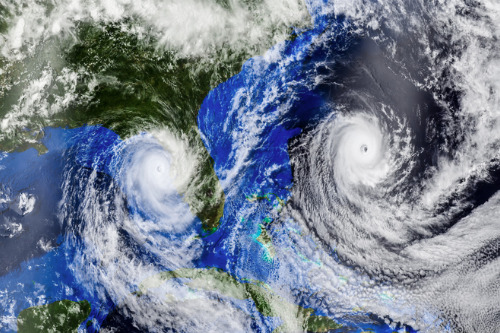

Global insured catastrophe losses totaled $31 billion in the first half of 2020, driven mainly by secondary perils, according to a new report from the Swiss Re Institute.
The institute estimated that global economic losses from natural catastrophes and man-made disasters totaled $75 billion in the first half of the year – up from $57 billion during H1 2019, but well below the 10-year average for first-half economic losses of $112 billion. Of the H1 2020 economic losses, about 40% ($31 billion) were covered by insurance. In the previous 10 years, first-half insured claims averaged $36 billion annually, according to Swiss Re institute.
The latest catastrophe loss estimates are for property damage, and exclude COVID-19-related claims. More than 2,000 people were killed or went missing in disaster events in the first half of the year. The main drivers of first-half losses were secondary perils, with a significant role played by thunderstorms in North America, the report said.
Natural catastrophes accounted for $72 billion of the $75 billion in total global economic losses in the first half, up from $52 billion in H1 2019. The remaining $3 billion in losses were caused by man-made disasters, down from $5 billion in the first half of 2019. The decline was due in part to the COVID-19 pandemic, with its associated lockdowns bringing economic activities to a near standstill in many countries. Global insured losses from natural catastrophes rose to $28 billion in H1 2020 from $19 billion the year before, while insured losses from man-made disasters fell to $3 billion in H1 2020 from $4 billion in H1 2019.
Secondary perils were primary loss drivers, according to Swiss Re Institute. In North America, severe convective storms – thunderstorms with tornadoes, floods and hail – caused insured losses of more than $21 billion in the first half. This was the highest level since H1 2011, when losses from that peril alone were about $30 billion. In June, Calgary suffered $1 billion in losses from hail damage, the costliest hailstorm ever in Canada.
In May, heavy rainfalls caused severe flooding in several provinces along China’s Yangtze River. Australia saw mounting losses from fire events, given the still-burning 2019/2020 fire season. That season, which lasted from September 2019 to February 2020, was the longest and most destructive ever, according to Swiss Re Institute.
“Once again, secondary perils caused the most catastrophe losses in the first half of 2020,” said Martin Bertogg, head of catastrophe perils at Swiss Re. “Climate change is expected to worsen and amplify the scale of secondary peril events and associated losses in the future.”
